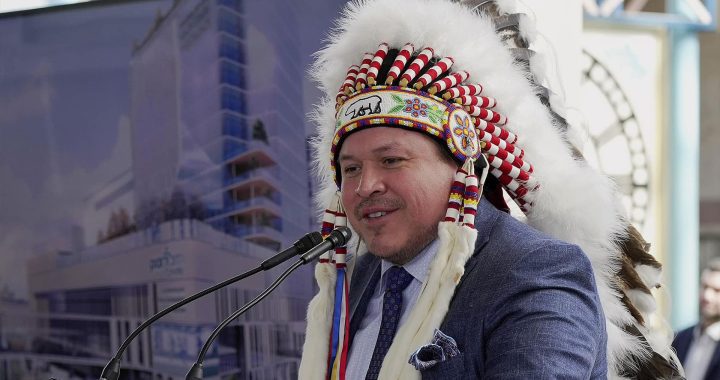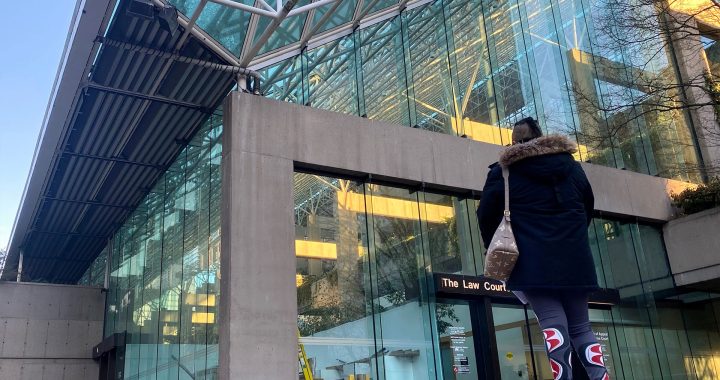
Reindeer - also known as caribou - are the focus of a study at the University of Calgary. Photo: APTN file
Reindeer could hold the key to regenerative healing in humans and animals, says research led by the faculty of veterinary medicine at the University of Calgary.
The study, published earlier this month in the journal Cell, explains how reindeer – also known as caribou – can help to better understand tissue regeneration and suggests scar-free healing could soon be possible.
It all started with a captive herd of about 25 reindeer at the veterinary school that’s used to teach students about wildlife medicine and to study the effects of climate change on vulnerable species, such as caribou.
Jeff Biernaskie, a professor of stem cell biology and regenerative medicine at the university, said the annual regrowth of reindeer antlers also caught researchers’ attention.
“Deer are the only mammal that are able to regenerate an entire organ as an adult so that, in itself, is really fascinating,” he said in an interview. “The other thing is that it grows at such an enormous rate.”
Neuroscience
Biernaskie, who has a PhD in neuroscience, said he was blown away by how quickly the antlers grow back.
“They are growing at a rate of one centimetre a day, which means that they are regenerating millions of cells and assembling them into really intricate tissue in such a rapid fashion in order to build this antler over a period of three to four months,” he said.
“A deer, like a caribou or reindeer, if they damage a branch of their antler, it will actually regenerate.”
Biernaskie’s interdisciplinary lab has a primary interest in stem cell biology and tissue regeneration, including the skin.
“It got us thinking that maybe this would be a nice model to study skin regeneration,” he said, adding researchers wondered whether the skin on the antler _ called velvet _ has the same regenerative ability.
“Could we use that to learn something about how we might promote regeneration of skin following an injury in other animals or humans?”
Surgical experiments
They did learn something.
Through a series of surgical experiments, researchers were able to compare wounds on the antlers to those on the back skin.
“In the back skin wound, we see formation of a fibrotic scar _ this raised, non-pigmented scar that is very typical of what you might see in humans,” he said. “In the velvet, it heals without any scar.
“This was really a breakthrough moment in that we now had a model that in the same animal where we could now compare the molecular and cellular processes that underlie the regeneration of skin in one setting and then the scar formation in another.”
Biernaskie said researchers found a cell type, the fibroblast, that’s very different between the two sites.
Skin regeneration
The ultimate goal, he said, would be to use what they’ve learned to develop treatments to promote skin regeneration in humans – or other animals – with a severe injury.
“We’re trying to modify that wound environment but also the injury response,” he said, noting that could limit the severity of a scar or even fully promote regeneration of the skin.
Biernaskie, who has the Calgary Firefighters Burn Treatment Society chair in skin regeneration and wound healing, said it could help patients with severe skin injuries due to trauma or surgical interventions.
‘The burn survivor is where we would really like to apply this knowledge,” he said.
Biernaskie said it’s a groundbreaking advancement in the field of tissue regeneration that he hopes will help to come up with new ways to treat patients.










